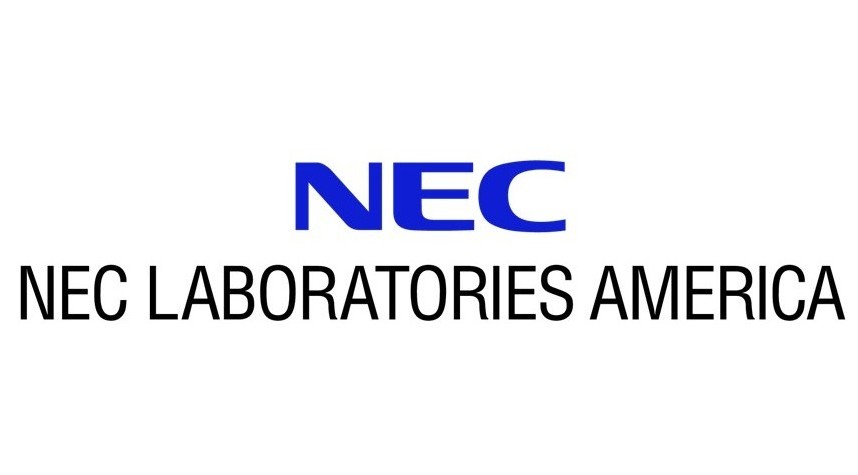NeurIPS 2025 in San Diego from November 30th to December 5th, 2025
NEC Laboratories America is heading to San Diego for NeurIPS 2025, where our researchers will present cutting-edge work spanning optimization, AI systems, language modeling, and trustworthy machine learning. This year’s lineup highlights breakthroughs in areas like multi-agent coordination, scalable training, efficient inference, and techniques for detecting LLM-generated text. Together, these contributions reflect our commitment to advancing fundamental science while building real-world solutions that strengthen industry and society. We’re excited to join the global AI community in San Diego from November 30 to December 5 to share our latest innovations.

